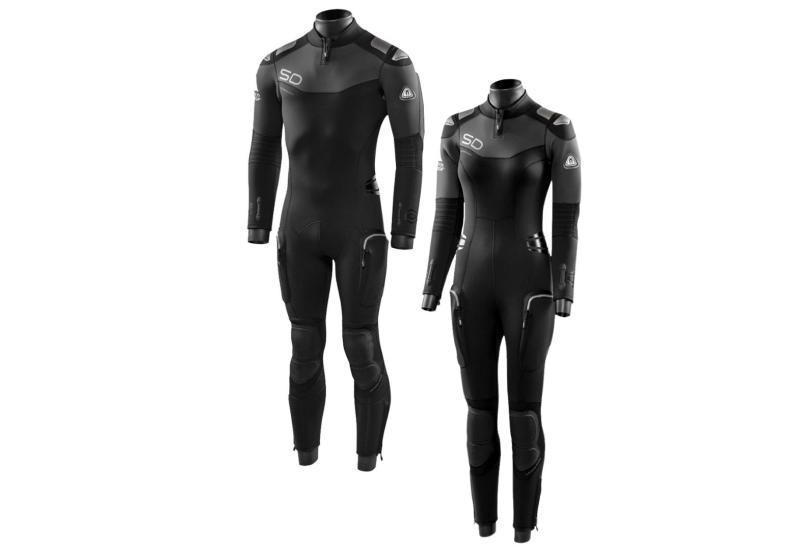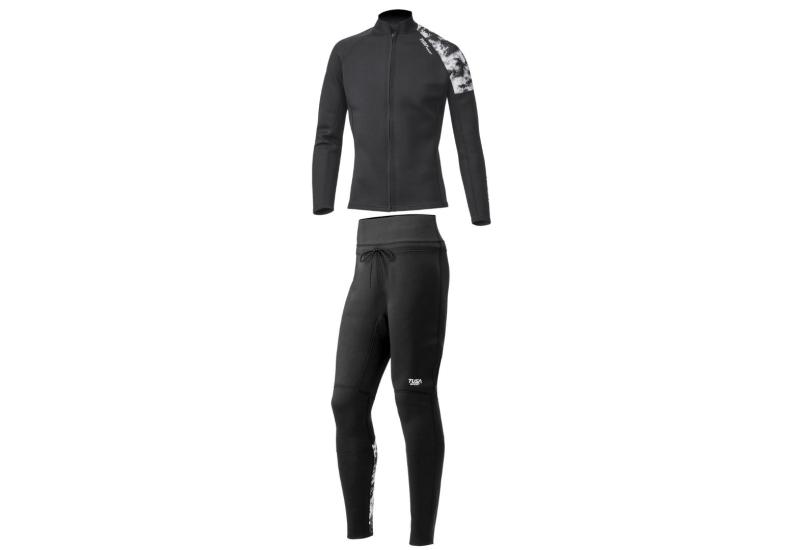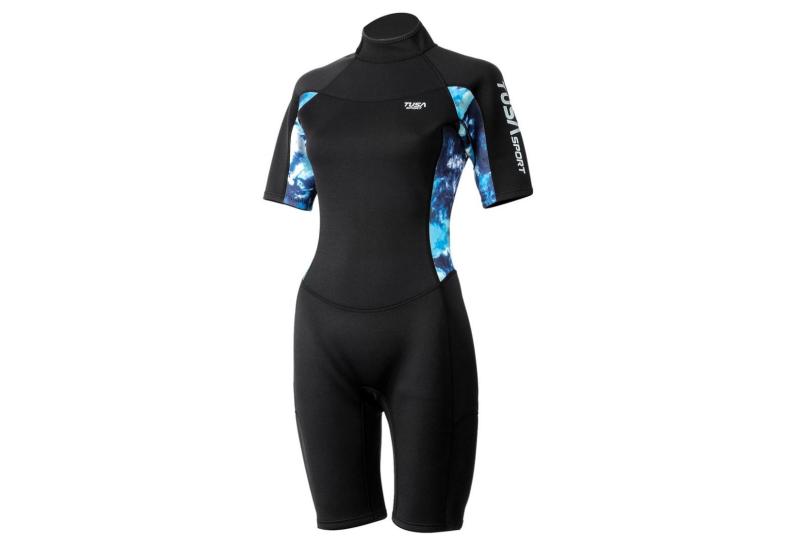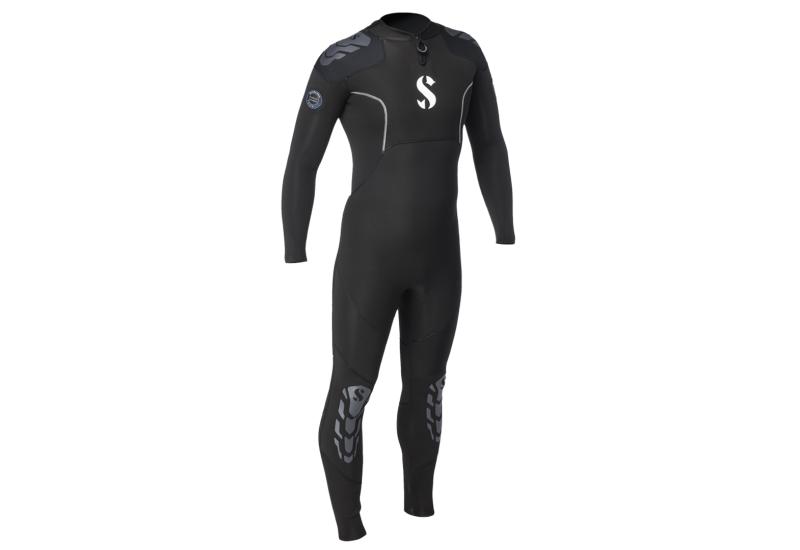Do You Know How a Wetsuit Really Works?

We all know that wetsuits keep the water out and heat in, but there is much more to these essential suits than meets the eye. Wetsuits are made with neoprene rubber, a closed-cell foam that traps millions of tiny gas bubbles within its structure. Unlike open-cell foam (i.e. a sponge), water won’t saturate neoprene, but the gas bubbles tend to give the material a lot of inherent buoyancy. When you climb into a wetsuit your 98.6-degree body temperature warms the gas bubbles in the neoprene, which act as insulation. This, combined with a snug, sealed fit that minimizes the amount of water that enters the suit and flows across your bare skin, is what keeps your body heat from escaping into the watery environment. In order for a wetsuit to do its job it has to be the right thickness for the temperature of the water you’re diving in. It also has to have seams, seals and zippers that minimize water intrusion, and most importantly, it has to fit. The truth is, no one suit will deliver the same thermal performance for all divers. There are simply too many variables that need to be factored in, like body size, body shape, body fat, etc. So when you hear someone say that one particular model of suit is warmer than another, what they are really saying is that it’s warmer for them. You can’t count on this being true for you. But what you can count on are a number of design and construction methods, such as glued and blind-stitched seams and solid zippers with underflaps, that make the difference between an okay wetsuit and a top gun in thermal protection. Find a suit with all the right stuff, that also fits like a glove, and you will have found wetsuit nirvana. Click here for more info about wetsuits.
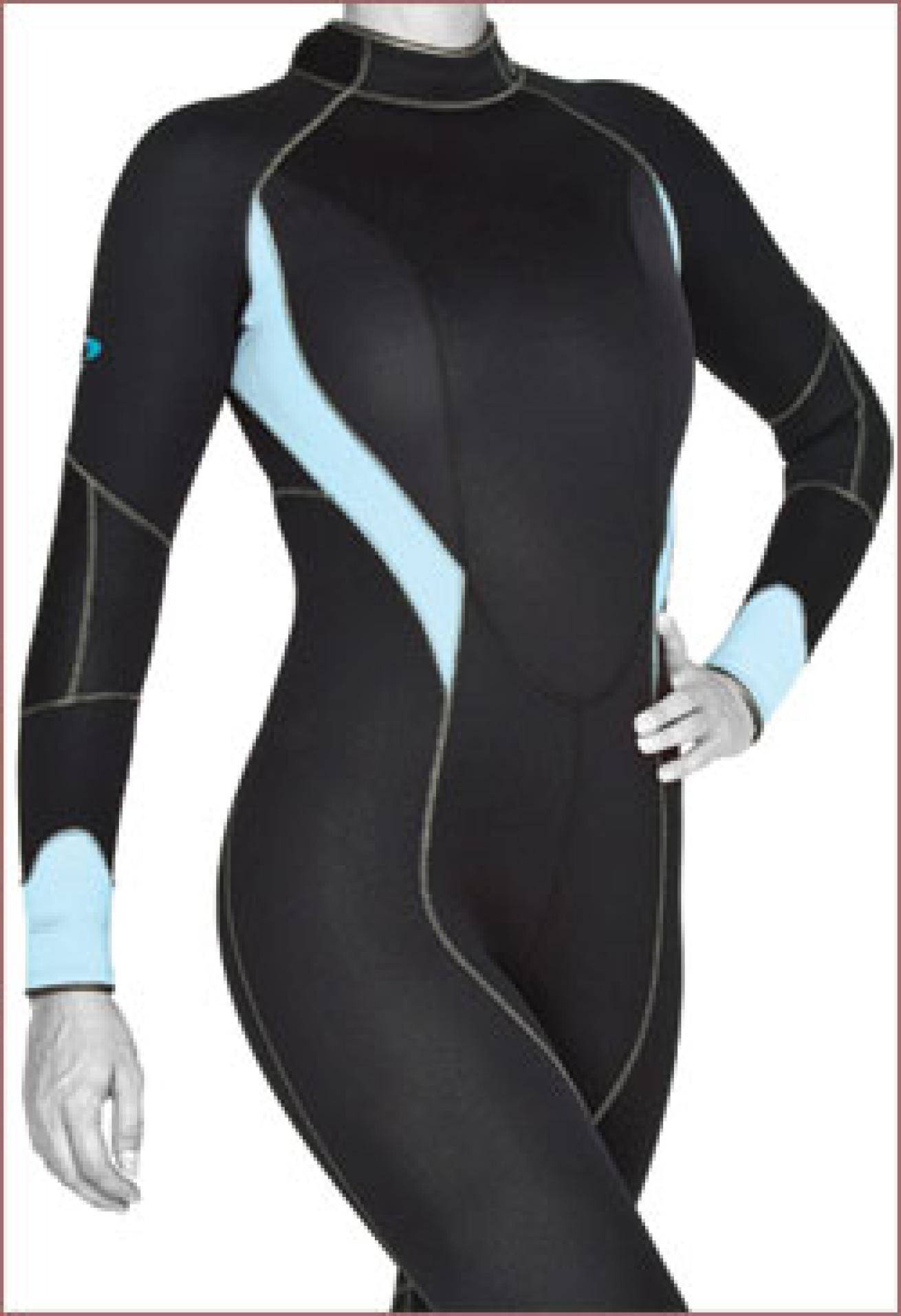
We all know that wetsuits keep the water out and heat in, but there is much more to these essential suits than meets the eye. Wetsuits are made with neoprene rubber, a closed-cell foam that traps millions of tiny gas bubbles within its structure. Unlike open-cell foam (i.e. a sponge), water won’t saturate neoprene, but the gas bubbles tend to give the material a lot of inherent buoyancy. When you climb into a wetsuit your 98.6-degree body temperature warms the gas bubbles in the neoprene, which act as insulation. This, combined with a snug, sealed fit that minimizes the amount of water that enters the suit and flows across your bare skin, is what keeps your body heat from escaping into the watery environment. In order for a wetsuit to do its job it has to be the right thickness for the temperature of the water you’re diving in. It also has to have seams, seals and zippers that minimize water intrusion, and most importantly, it has to fit. The truth is, no one suit will deliver the same thermal performance for all divers. There are simply too many variables that need to be factored in, like body size, body shape, body fat, etc. So when you hear someone say that one particular model of suit is warmer than another, what they are really saying is that it’s warmer for them. You can’t count on this being true for you. But what you can count on are a number of design and construction methods, such as glued and blind-stitched seams and solid zippers with underflaps, that make the difference between an okay wetsuit and a top gun in thermal protection. Find a suit with all the right stuff, that also fits like a glove, and you will have found wetsuit nirvana. Click here for more info about wetsuits.

